10 GPTs for UX Enhancement Powered by AI for Free of 2026
AI GPTs for UX Enhancement are advanced artificial intelligence tools designed to significantly improve the user experience (UX) design process. Utilizing Generative Pre-trained Transformers (GPTs), these tools offer tailored solutions for a wide range of UX-related tasks, from user research and testing to interface design and usability evaluations. By leveraging the natural language processing capabilities of GPTs, these tools can understand and generate human-like text, making them ideal for creating more intuitive and user-friendly interfaces.
Top 10 GPTs for UX Enhancement are: Web Designer - Design Mate,Web Usability Wizard,Creative Marketeer,DES - Creative Web Crafter,LFTP Web Designer,Strategic Insight Advisor,The Branding Studio,Design Mate,vacatureteksten,Bubble.io Bot Assistant
Web Designer - Design Mate
Empowering Designs with AI Innovation
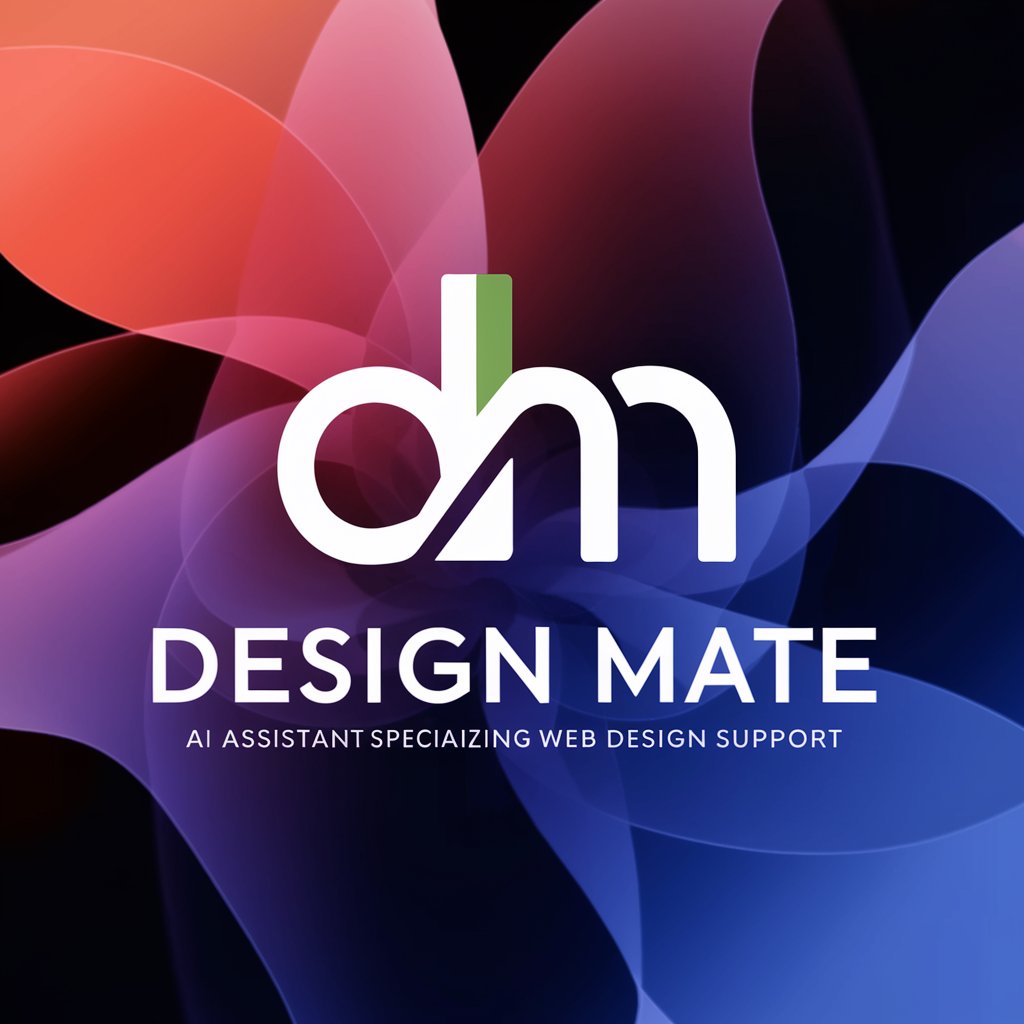
Web Usability Wizard
Elevate Your Site with AI-Powered UX Insights

Creative Marketeer
Empowering Creativity in Marketing with AI

DES - Creative Web Crafter
AI-Powered Design Craftsmanship for Travel Sites
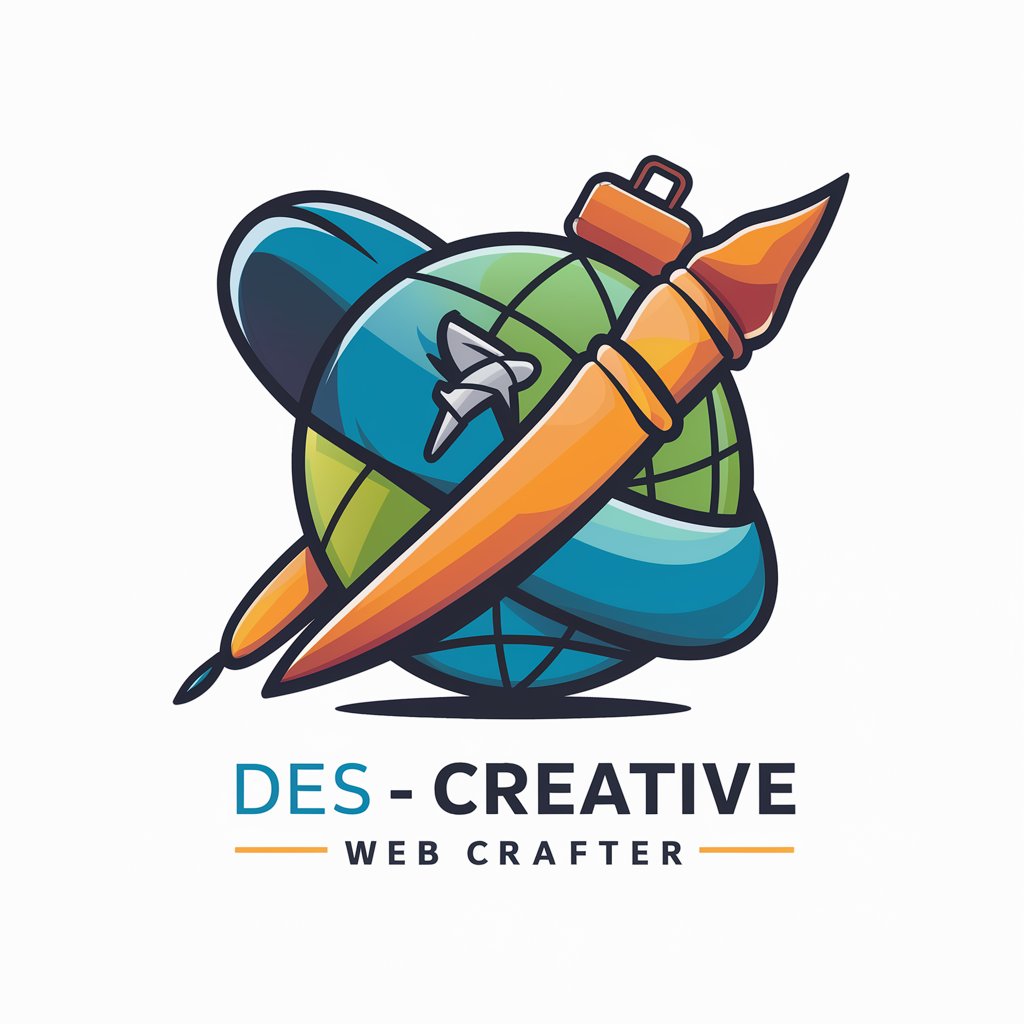
LFTP Web Designer
Empower Your Web Design with AI
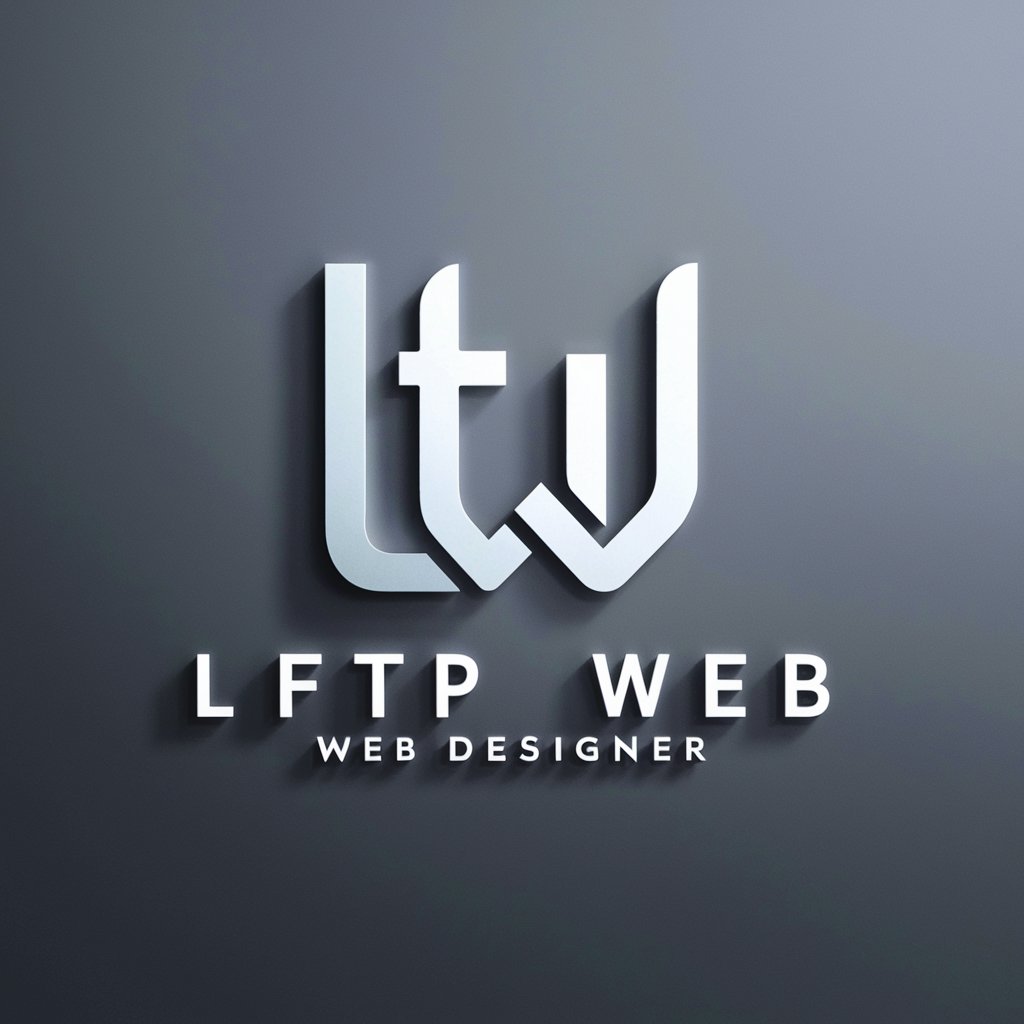
Strategic Insight Advisor
Empowering strategies with AI insights.
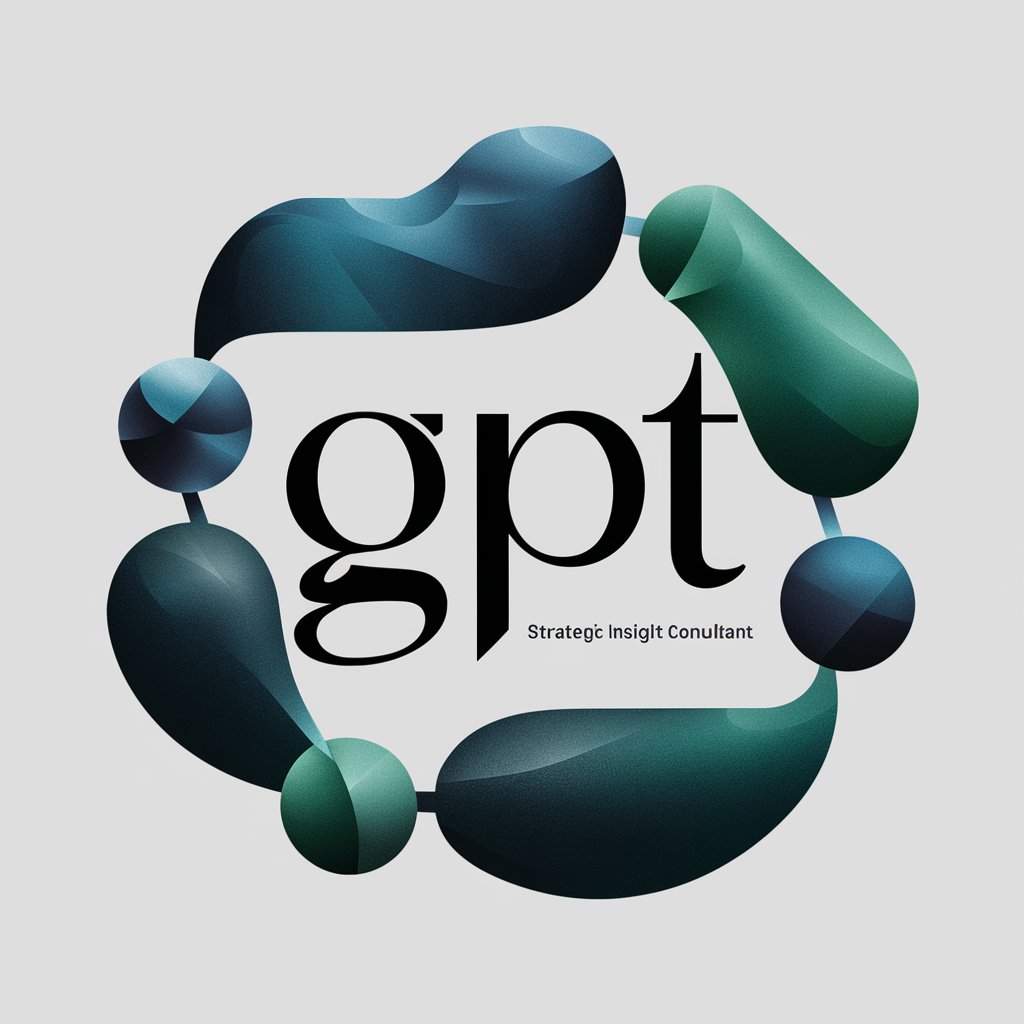
The Branding Studio
Empowering Your Brand with AI

Design Mate
Elevate Your Design with AI

vacatureteksten
Revolutionize your job ads with AI

Bubble.io Bot Assistant
Elevate Your Bubble.io Projects with AI
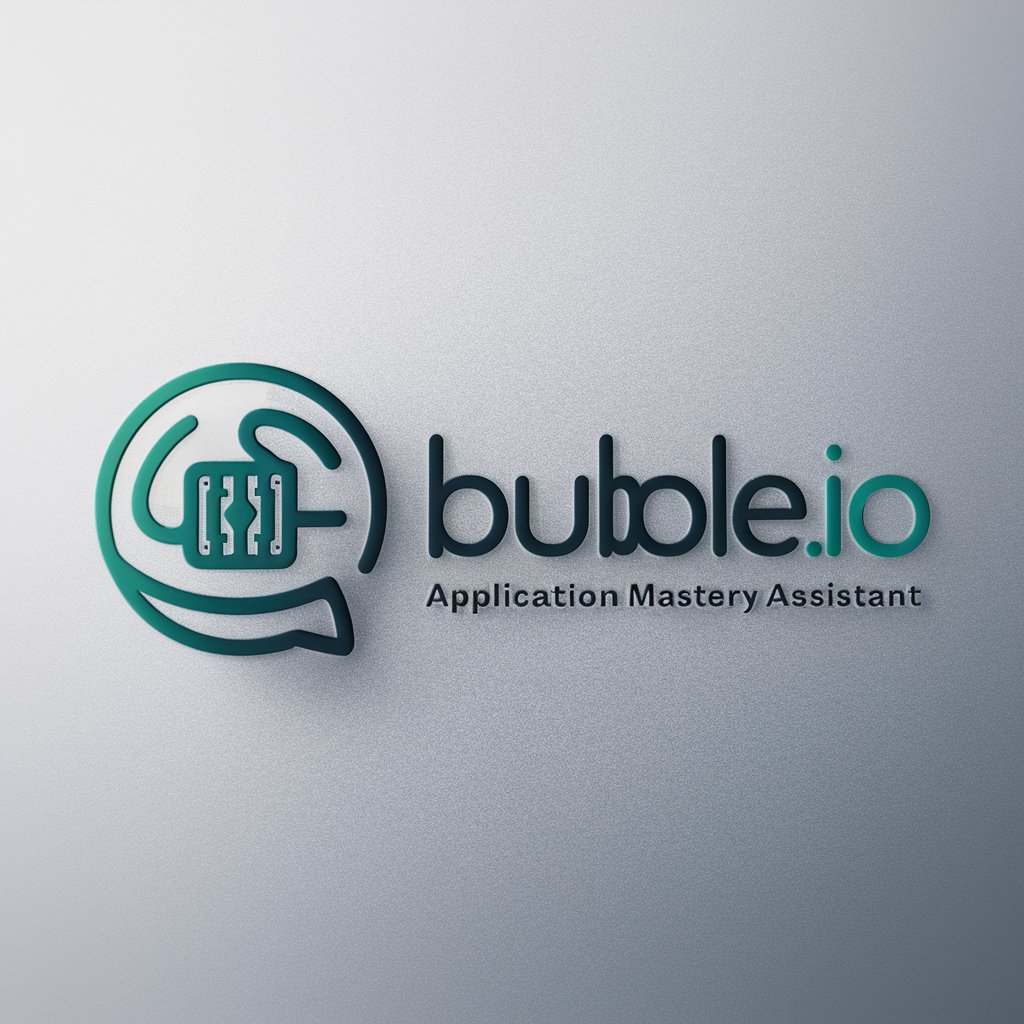
Essential Attributes of AI GPTs in Enhancing UX
AI GPTs tools for UX Enhancement are distinguished by their adaptability, enabling customization from basic to advanced UX tasks. Key features include natural language processing for generating user-friendly content, technical support for troubleshooting UX issues, advanced web searching capabilities for UX research, image creation for prototyping, and data analysis for user behavior insights. These tools are designed to streamline the UX design process, offering solutions that are both innovative and efficient.
Who Benefits from UX-focused AI GPTs?
The primary beneficiaries of AI GPTs tools for UX Enhancement include UX/UI designers, developers, and product managers, particularly those without deep coding skills seeking to enhance user interfaces and experiences. Additionally, these tools offer advanced customization options for experienced programmers, making them versatile for professionals across the UX design spectrum.
Try Our other AI GPTs tools for Free
Collaborative Narratives
Discover AI GPTs for Collaborative Narratives, the future of storytelling. Enhance your creative projects with AI-powered tools designed for writers, developers, and content creators.
Lecture Creation
Explore AI GPTs for Lecture Creation, the cutting-edge tools transforming educational content development. Tailored for educators and learners, these AI models offer dynamic, personalized learning experiences.
Quest Generation
Discover AI-powered Quest Generation tools, designed to create engaging, dynamic quests for gaming, education, and storytelling. Tailored solutions for an immersive experience.
Gameplay Advice
Discover how AI GPTs for Gameplay Advice transform gaming experiences with personalized strategies, real-time insights, and comprehensive support for gamers and developers.
Conference Preparation
Discover how AI GPTs transform conference preparation, streamlining tasks with advanced automation, content generation, and insightful analytics for a seamless planning experience.
Presentation Feedback
Elevate your presentations with AI-powered feedback tools. Get personalized, real-time insights to captivate your audience every time.
Further Perspectives on AI GPTs and UX Innovation
AI GPTs represent a pivotal shift in UX design, offering solutions that are not only efficient but also deeply aligned with user needs. Their integration into the UX design process fosters a more iterative, user-centered approach, enhancing the overall quality of digital products. Moreover, these tools' flexibility and adaptability make them suitable for a wide range of industries, promising to shape the future of user experience design.
Frequently Asked Questions
What are AI GPTs for UX Enhancement?
AI GPTs for UX Enhancement refer to AI tools, based on Generative Pre-trained Transformers, designed to improve various aspects of user experience design, from ideation to prototype testing.
How do these tools improve UX design?
By utilizing advanced natural language processing and data analysis, these tools can automate and refine tasks such as content generation, user research, and usability testing, leading to more intuitive and user-friendly designs.
Who can use AI GPTs for UX Enhancement?
These tools are accessible to UX/UI designers, developers, product managers, and even novices in the field, offering various levels of customization to suit different expertise levels.
Can non-programmers use these tools effectively?
Yes, non-programmers can use these tools effectively, thanks to user-friendly interfaces and guidance provided, allowing them to contribute significantly to UX design processes.
What makes AI GPTs unique in enhancing UX?
The ability to process and generate human-like text and insights, combined with customization and adaptability for a range of UX tasks, makes AI GPTs uniquely beneficial for UX enhancement.
How do AI GPTs integrate with existing UX design workflows?
AI GPTs can be seamlessly integrated into existing UX design workflows, offering tools and features that complement and enhance traditional design processes.
Are there any specialized features for UX research?
Yes, features such as advanced web searching, user behavior analysis, and sentiment analysis are specifically designed to support UX research and testing.
What future developments can we expect in AI GPTs for UX?
Future developments may include more sophisticated AI models that offer even greater insights into user behavior, improved integration capabilities with design and prototyping tools, and more intuitive interfaces for UX professionals.